Webinar
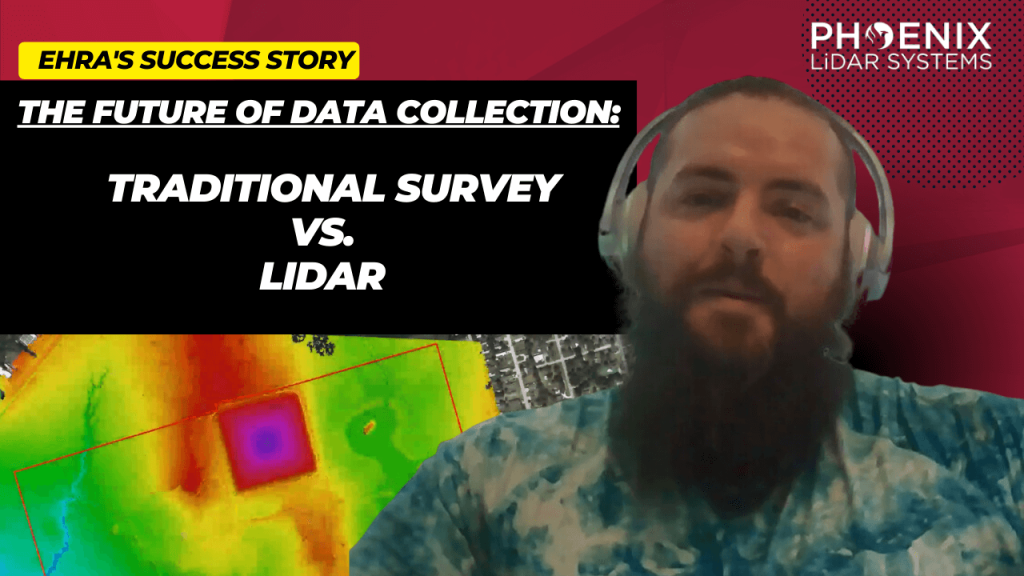
Explore the transformative role of LiDAR technology in urban development through EHRA’s use of the Mini-Ranger LiDAR system. This video highlights how EHRA, a leading engineering firm, utilizes drone LiDAR to revolutionize urban planning and project management.
The Mini-Ranger system, acclaimed for its precision in terrain and vegetation data collection, enables efficient project execution and detailed site analysis, ensuring cost-effective management and enhanced flood prevention strategies.
Join Aaron Kelsey, EHRA’s Senior Survey CAD Tech and Drone Program Manager, as he discusses the system’s capacity to survey extensive areas swiftly, reducing both time and labor costs significantly.
The reliability and high-quality data collection of the Mini-Ranger system have proven essential in multiple large-scale projects, supported by the excellent customer service from Phoenix LiDAR.
This session also covers the evolution from traditional survey methods to advanced LiDAR technology, underscoring its accuracy and the objective data crucial for drainage studies and boundary surveys. Celebrate Phoenix LiDAR’s decade of innovation and discover how their technology is pivotal in advancing urban engineering practices.
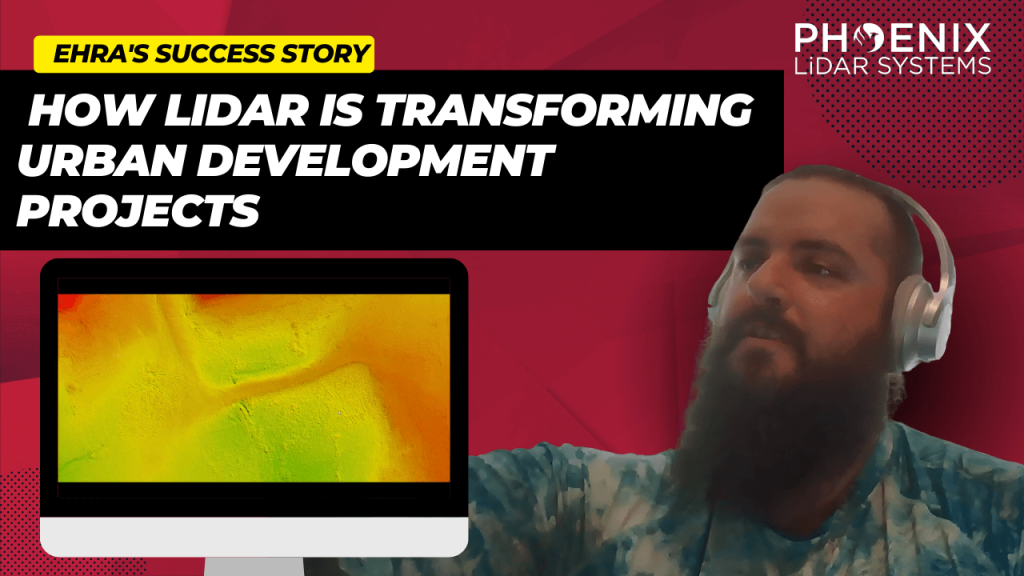
Discover the revolutionary impact of LiDAR technology in urban development with EHRA’s utilization of the Mini-Ranger LiDAR system. In this video, learn how EHRA, a leading engineering firm, leverages drone LiDAR for advanced urban planning and project management.
The Mini-Ranger system is celebrated for its precision in terrain and vegetation mapping, facilitating rapid and accurate data collection that drives efficient, cost-effective project outcomes.
Join Aaron Kelsey, EHRA’s Senior Survey CAD Tech and Drone Program Manager, as he discusses the system’s transformative effects on large-scale surveying—reducing both time and labor costs significantly. He also highlights its crucial role in flood prevention by providing detailed elevation data for effective drainage and water flow management.
The video also explores the evolution of surveying from traditional methods to cutting-edge GPS and LiDAR technologies, enhancing the reliability of data collection. With Phoenix LiDAR’s support, EHRA continues to push boundaries in urban engineering, making significant strides in project accuracy and efficiency.
Discover the groundbreaking impact of LIDAR technology in urban development with EHRA’s innovative use of the Mini-Ranger LIDAR system. In this insightful video, we delve into how EHRA, a leading engineering firm, leverages the power of Drone LIDAR and the MiniRanger system to revolutionize urban planning and project management.

In this informative video, Angela Livingston from Pape-Dawson Engineers, a leading firm in civil engineering and LiDAR services, shares her extensive experience and insights. Pape-Dawson Engineers has been around for over 50 years, expanding their operations across various locations in Texas and Florida. Angela, with a strong background in photogrammetry, LiDAR, and GIS, explains how the company has integrated LiDAR technology into their workflows to enhance efficiency and accuracy in land development projects. The company now utilizes multiple UAVs and LiDAR scanners, including the Phoenix Recon XP, Ranger VUX, and Ranger Ultra, to cater to diverse project needs.
Angela dives into the decision-making process behind choosing specific LiDAR systems based on factors such as vegetation, site size, and project requirements. She explains the strategic use of both drones and helicopters for LiDAR data acquisition, depending on the project’s scope and environmental conditions. This flexibility allows Pape-Dawson to efficiently handle larger projects, such as wastewater treatment plant expansions, and significantly reduce time and costs compared to traditional terrestrial scanning methods. Angela emphasizes the importance of selecting the right tool for the job to achieve the best results.
The video also covers the crucial aspect of standardized workflows and data processing techniques that Pape-Dawson employs. Angela highlights how having a well-defined process ensures high-quality and accurate deliverables for engineering projects. She explains their method of using Phoenix’s Spatial Explorer and Inertial Explorer for navigation processing, followed by Terra Solid and MicroStation for point cloud fusion and feature extraction. This meticulous approach allows Pape-Dawson to maintain consistency and reliability in their data outputs, which is essential for supporting their engineers’ work.
Towards the end of the video, Angela expresses her appreciation for the support and collaboration with Phoenix LiDAR Systems, noting how their responsiveness to feedback has led to hardware and software improvements. She encourages viewers to reach out to her via email for advice on project collection and sensor selection. Angela’s expertise and willingness to share her experiences provide a valuable resource for anyone looking to enhance their engineering projects with advanced LiDAR technology. For those interested, Angela can be contacted through Pape-Dawson’s website or directly via email.
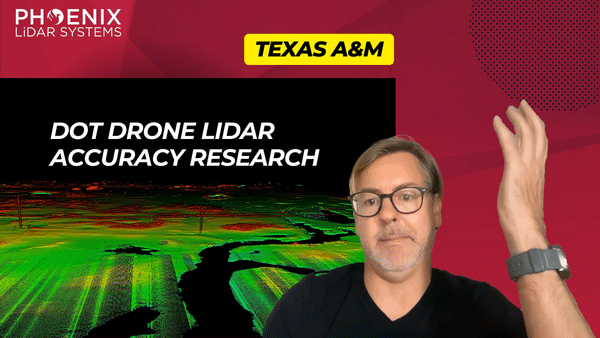
This video features Professor Michael Starek from Texas A&M University-Corpus Christi, as he discusses the innovative use of drone LiDAR technology by geomatics students to map and protect coastal habitats.
Through a detailed interview, Professor Sterk explains how they employ Phoenix LiDAR systems, including the high-end Ranger LR and the cost-effective Recon XT-A, to accurately measure microtopographic changes in sensitive wetland areas.
These drone-based systems provide crucial data for understanding coastal erosion, vegetation dynamics, and the impacts of sea level rise, with a focus on precision and the ability to capture minute changes in terrain that are vital for environmental monitoring and conservation.
The video highlights the practical applications of LiDAR in geomatics, demonstrating its significance in environmental science and the advantages of using drones over traditional aircraft for detailed and localized data collection. Professor Sterk emphasizes the career opportunities in geomatics, noting the high demand for trained professionals in this growing field.

Explore the transformative impact of Drone LiDAR technology in revolutionizing transportation infrastructure and environmental restoration. This video delves into how high-precision LiDAR mapping is becoming essential in transportation projects, enhancing accuracy in capturing topography and uncovering hidden utilities for better planning and execution.
Featuring real-world applications from industry leaders like David Evans and Associates, and hydrological projects led by Evan Radford, the video highlights the wide-ranging benefits of this technology.
Discover how Drone LiDAR reduces workload, improves safety for field crews through aerial scanning with drones and helicopters, and accelerates data collection. We also discuss the integration of aerial scanning with ground surveying to ensure unparalleled data accuracy and detail, crucial for comprehensive project success.
Additionally, we examine the role of advanced LiDAR software tools, like strip matching, in ensuring data quality and precision. This exploration is designed to equip professionals across industries with insights into the capabilities and advantages of Drone LiDAR technology in transforming transportation planning and environmental efforts.
Unlocking the Power of Drone LiDAR: Transforming Transportation Projects. The world of transportation infrastructure is undergoing a profound transformation, and at the heart of this revolution is Drone LiDAR technology. This groundbreaking innovation is fundamentally reshaping the way we approach transportation projects, providing unparalleled precision and accuracy in high-precision mapping. In our comprehensive exploration, we delve into the captivating realm of Drone LiDAR. We start by unraveling the core concepts, introducing you to the technology’s essence, and highlighting why it’s becoming an indispensable tool in various industries.
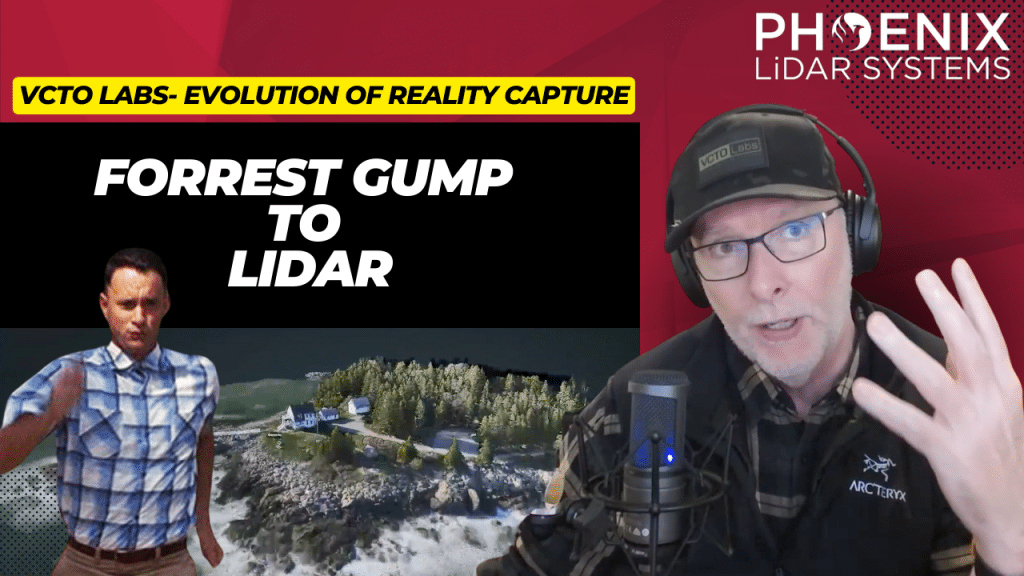
In this captivating video, we explore the powerful impact of LiDAR technology in geospatial storytelling from a pioneer in the field, Pete Kelsey from VCTO Labs. Pete shares his transformative experience using LiDAR to document and preserve the iconic Moai statues on Easter Island, highlighting how this project not only aided local decision-making regarding tourism but also resonated emotionally on a global scale.
The video also delves into LiDAR’s diverse applications, from preserving historical sites like Marshall Point Lighthouse, featured in “Forrest Gump,” to enhancing film production by providing accurate, photorealistic data. Join us as Pete discusses the future of storytelling with LiDAR technology, demonstrating its potential to inspire and effect change across various industries.
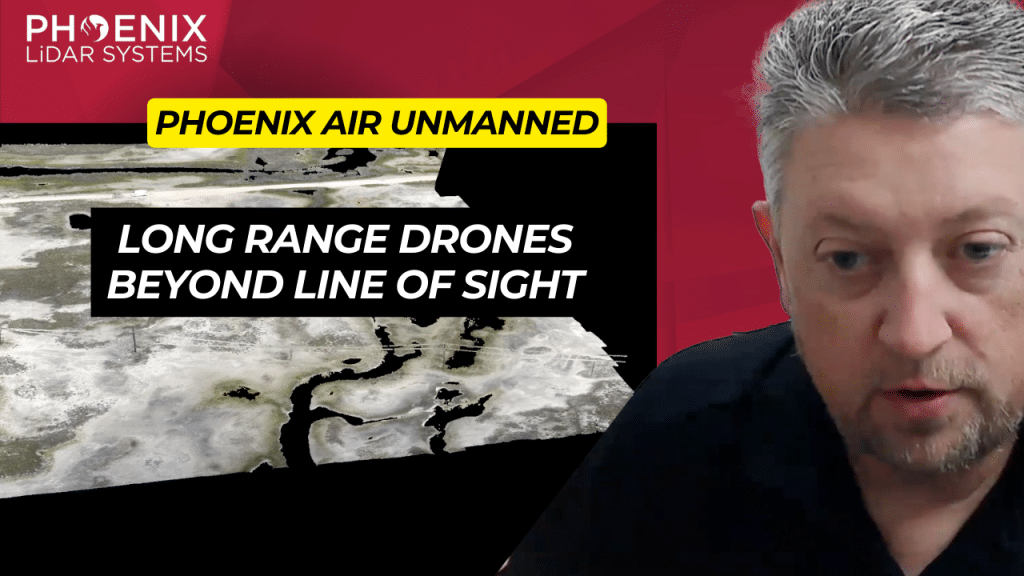
Explore the cutting-edge world of drone operations with Phoenix Air Unmanned, a leader in the industry known for its advanced use of LiDAR technology and dedication to safety and innovation.
This video provides an in-depth look at how Phoenix Air Unmanned, a subsidiary of Phoenix Air Group, is revolutionizing drone applications with state-of-the-art technology, including the Phoenix LiDAR Systems Ranger UAV.
Discover how their Beyond Visual Line of Sight (BVLOS) capabilities allow for efficient data acquisition over vast terrains, making them a key player in sectors like utilities for vegetation management and disaster response.
Learn about their diverse services that cater to multiple industries, their rapid data gathering capabilities that outpace traditional methods, and their prowess in creating detailed 3D models for enhanced analysis and decision-making.
The video also highlights the LiDARMill, an innovative online processing suite that simplifies LiDAR data processing, demonstrating Phoenix Air Unmanned’s commitment to pushing technological boundaries and delivering exceptional results across various sectors.
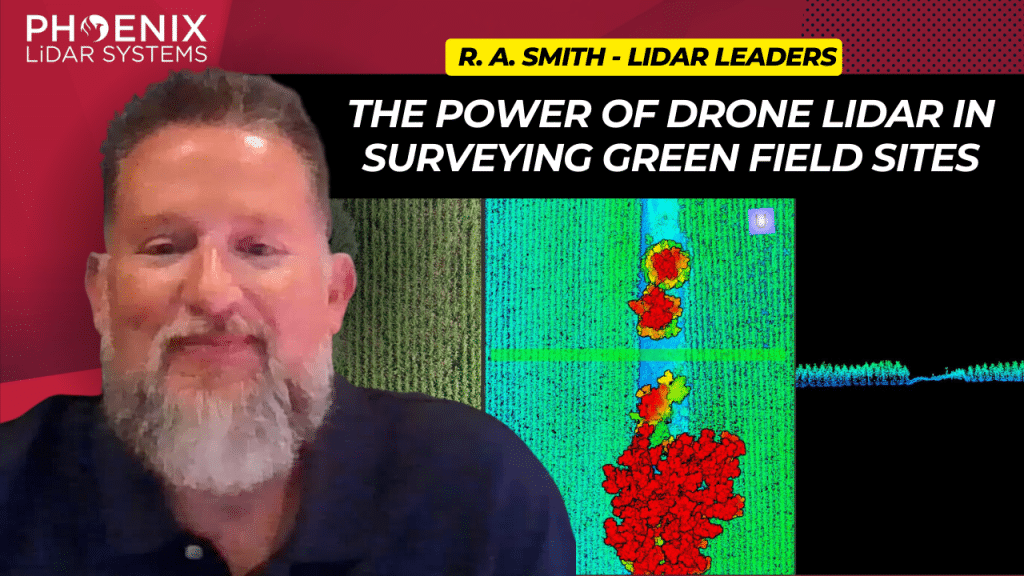
This video delves into the transformative impact of the Phoenix MiniRanger 3 on raSmith’s aerial survey operations, a leading name in civil engineering and surveying based in Brookfield, Wisconsin.
Adopted to enhance the efficiency of surveying expansive greenfield sites, the MiniRanger 3 overcomes challenges posed by dense vegetation like corn, soybeans, and alfalfa, using advanced LiDAR technology.
This state-of-the-art aerial LiDAR system stands out for its high vertical accuracy, robust point density, and reliable GPS integration, making it ideal for detailed and obstructed terrains.
RaSmith’s integration of the Phoenix MiniRanger 3 has not only streamlined their aerial survey workflow but also allowed them to tackle labor shortages, diversify into corridor work, and expand scanning services for public utilities.
Backed by Phoenix’s exceptional technical support, this adoption highlights a significant shift towards more resource-efficient and precise surveying methods. The video underscores the system’s role in pushing the boundaries of civil engineering and surveying, paving the way for future advancements in LiDAR technology.
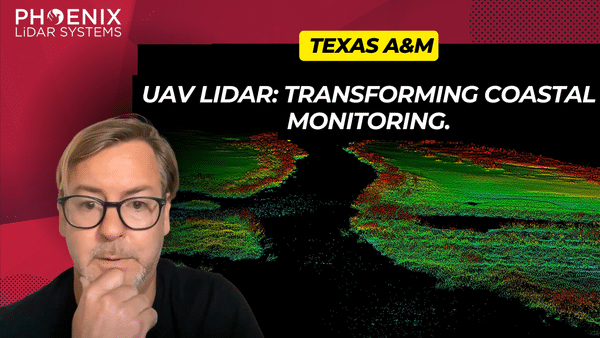
This video presents a detailed comparative analysis of two leading LiDAR sensors, the VUX and Avia, within the geomatics sector. Focusing on their performance in capturing precise vegetation and terrain data, the video highlights the VUX sensor’s superior precision, energy penetration, and pulse rate, making it ideal for challenging environments like dense forests.
The research also explores the integration of unmanned aircraft systems (UAS) with LiDAR technology, showcasing the potential of the Riegl Vux 1LR and Live OXAVIA sensors. Key insights include the Department of Transportation’s interest in UAS for crash scene reconstructions and surveying, illustrating the need for efficient data collection methods.
Phoenix LiDAR Systems is featured for its advanced UAS LiDAR solutions and Spatial Explorer Pro software, emphasizing the increasing importance of LiDAR technology in geomatics, especially for environmental applications like wetlands where accurate elevation data is crucial.